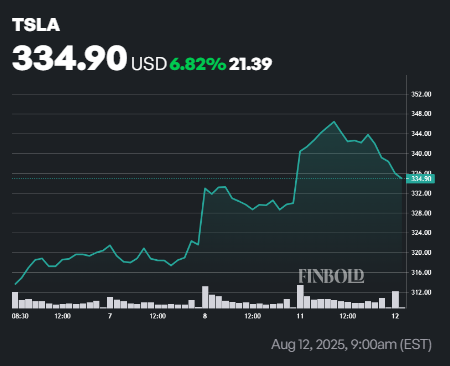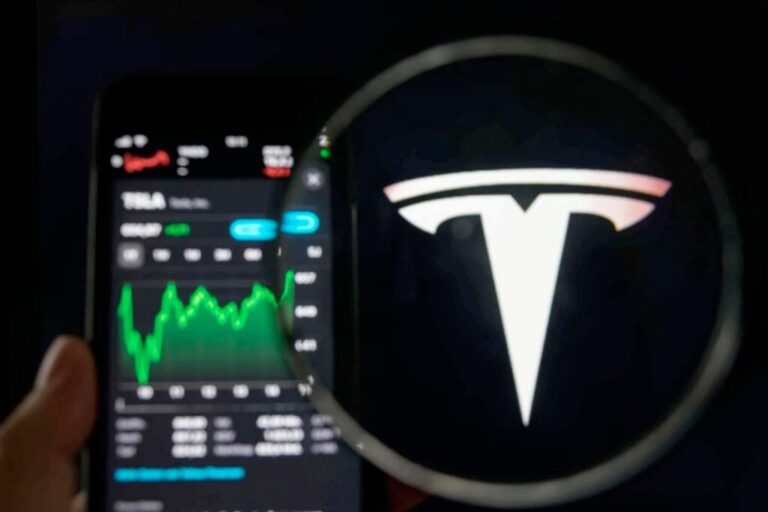Although Tesla (NASDAQ: TSLA) stock is on an impressive five-day winning streak, the equity could face more pressure after Guggenheim analyst Ronald Jewsikow reaffirmed a ‘Sell’ rating.
In a Tuesday investor note, the analyst maintained a price target of $175. With Tesla trading at $339, the forecast implies a potential 48% decline.

Why TSLA stock is likely to crash
The bearish outlook comes despite recent announcements from CEO Elon Musk regarding the company’s progress in autonomous driving technology.
Notably, the downbeat view emerged even after Musk revealed that Tesla’s Robotaxi service in Austin will open to the public next month, ahead of market expectations.
He also confirmed that the latest version of the Full Self-Driving (FSD) system, v14, features ten times more parameters than previous iterations.
According to Jewsikow, while bullish investors see these updates as milestones toward the company’s long-term goal of converting its fleet into fully autonomous Robotaxis, caution is still warranted.
The firm stressed that the upcoming public trial in Austin will still require safety drivers and lacks a clear timeline for their removal, an element often downplayed by optimistic investors.
In this light, Jewsikow maintained a skeptical view over Tesla’s near-term valuation, suggesting that even technological advancements and early deployment of Robotaxi services may not justify the current stock price.
More concerns over Tesla’s FSD technology
Concerns about the Robotaxi rollout have also been echoed by another Wall Street analyst and Tesla bear, Gordon Johnson. In an August 11 X post, he noted that uncertainty around FSD comes amid shrinking profit margins and weakening cash flow.
He has maintained that despite years of promises, Tesla’s FSD technology has yet to achieve full autonomy, with regulators and safety experts continuing to flag shortcomings in its performance and reliability.
Adding to the headwinds, Musk’s approval rating has hit record lows in the U.S., raising questions about leadership stability at a time when investor confidence is fragile.
Featured image via Shutterstock






